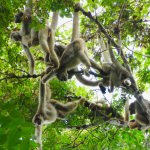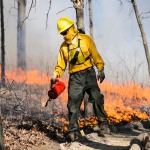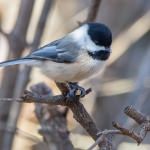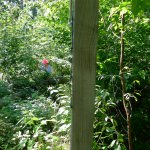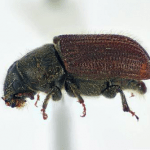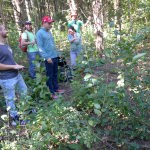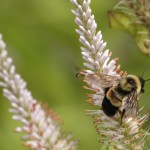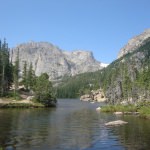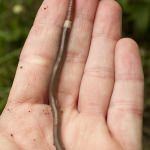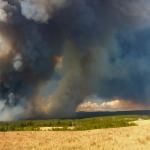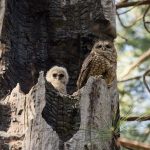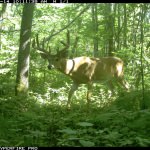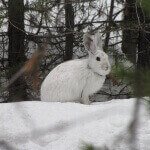Tag Forest & wildlife ecology
Aldo Leopold’s words once again broadcast to the state
In celebration of Earth Day, one of his successors will read portions of conservationist and former UW professor Aldo Leopold’s radio addresses that originally aired more than 80 years ago. Read More
Termite gut holds a secret to breaking down plant biomass
In the Microbial Sciences Building at the University of Wisconsin–Madison, the incredibly efficient eating habits of a fungus-cultivating termite are surprising even to those well acquainted with the insect’s natural gift for turning wood to dust. Read More
Yellow fever killing thousands of monkeys in Brazil
In a vulnerable forest in southeastern Brazil, where the air was once thick with the guttural chatter of brown howler monkeys, there now exists silence. Yellow fever, a virus carried by mosquitoes and endemic to Africa and South America, has killed thousands of monkeys since late 2016. Read More
Spring is prescribed fire season for UW–Madison prairies
The smoke floating above the University of Wisconsin–Arboretum today signals that the prescribed fire season is underway at the Arboretum and Lakeshore Nature Preserve. Read More
Forest ‘islands’ offer refuge to wintering birds
UW-Madison researchers studying forest microclimates show that these refuges may mean the difference between life and death for the black-capped chickadee and its kin. Read More
Beyond eating: Indirectly, deer change the landscape
Scientists are studying how the animal’s behaviors affect the wildflowers and other herbs that blanket the forest floor. Read More
Variable tree growth after fire protects forests from future bark beetle outbreaks
Researchers say forest managers may want to consider promoting this natural variability to help protect forests from the insects. Read More
Buckthorn Baggie kills invasive trees without chemicals
The problem was simple: Buckthorn kept resprouting in Matthew Hamilton's backyard after he cut it back. His patent-pending cure annihilates the weed tree once and for all. Read More
Arboretum prairies offer rare refuge for vanishing bumblebee
A proposal by the U.S. Fish and Wildlife Service to seek endangered status for the rusty-patched bumblebee has focused renewed attention on bumblebees living in the 1,200-acre natural area. Read More
New study examines where and how climate change is altering species
A new study shows how and where changing climate conditions could affect the communities of species in any given area. In… Read More
Voracious Asian jumping worms strip forest floor and flood soil with nutrients
Asian jumping worms, an invasive species first found in Wisconsin in 2013, may do their work too well, speeding up the exit of nutrients from the soil before plants can process them. Read More
Thrive or fail: Examining forest resilience in the face of fires
“It’s not only western forests where these things matter, where disturbances and changing environments shape regional landscapes,” says Wisconsin researcher Monica Turner. Read More
Giant forest fires exterminate spotted owls, long-term study finds
A UW–Madison research group has documented an exodus of owls following the fierce, 99,000 acre King Fire in California in 2014. Read More
Putting the sloth in sloths: Arboreal lifestyle drives slow motion pace
Tree sloths have a unique lifestyle: They make the canopy their home and subsist solely on a diet of leaves. Their slow motion lifestyle, according to a new study from UW–Madison scientists, is the direct result of the animal’s adaption to its arboreal niche. Read More
Snapshot Wisconsin: Trail cams to document state’s wildlife
With the help of satellites and a global crowd-sourced database, Wisconsin’s wildlife will soon have its prime time moment. Read More
No snow, no hares: Climate change pushes emblematic species north
UW researchers report that the range of the snowshoe hare in Wisconsin is creeping north by about five and a half miles per decade. Read More
Arboretum review seeks to strengthen iconic research program
The Arboretum was dedicated in 1934 and has served as a laboratory for generations of field ecologists, including the iconic conservationist Aldo Leopold. Read More
Bird habitat changing quickly as climate change proceeds
The climatic conditions needed by 285 species of land birds in the United States have moved rapidly between 1950 and 2011 as a result of… Read More




